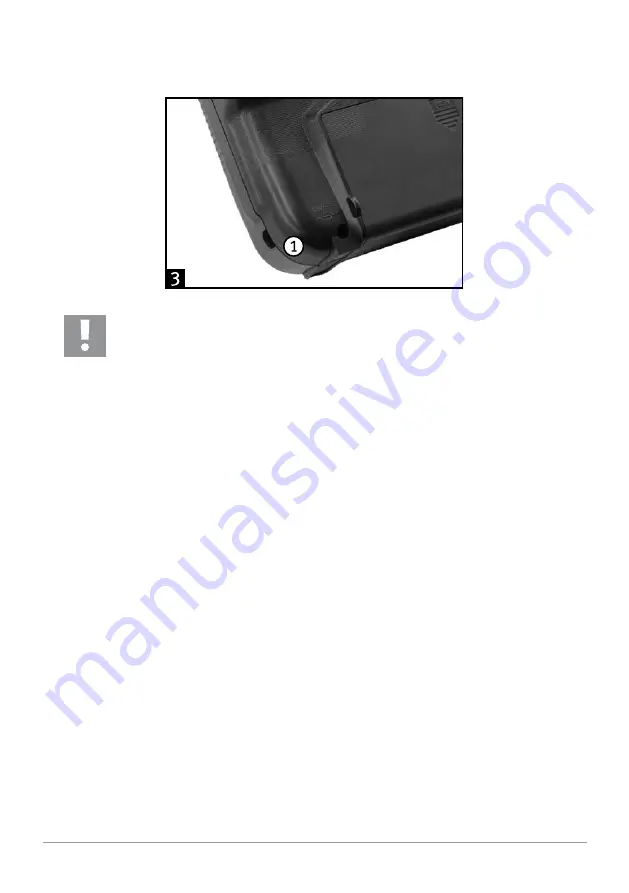
38
No. 07010 / 0700
When the transmitter is turned off, you can connect a charge cable to the charge socket (figure 3, pos. 1) and charge
the rechargeable batteries in the transmitter.
Attention!
If batteries are inserted in the transmitter a charger must not be connected. Conventional bat-
teries (1.5V) must not be charged any more, there is a risk of fire and explosion! Only charge
rechargeable batteries intended for that purpose!
When connecting a charge cable, imperatively observe the correct polarity of the connecting
plug. The inner contact of the charge socket has to be connected to the minus connection (-) and
the outside contact to the plus connection (+) of the charger.
The charging current should be approx. 1/10 of the capacity value of the inserted rechargeable
batteries. With rechargeable batteries with a capacity of 2000 mAh this corresponds to a charging
current of approx. 200 mA and the charging time is approx. 14 hours.
Do not use any quick-chargers in order to avoid any damages to the internal strip conductors and
connections.
No chargers can be used that briefly interrupt the charging current in order to measure the cur-
rent rechargeable battery voltage.
A protective diode in the charging current circuit of the transmitter acts as a free battery connec-
tion when the charging current is switched off; thus, the voltage cannot be measured. For such
chargers, the rechargeable batteries must be charged outside the transmitter.
With NiCd rechargeable batteries a memory effect can occur. If NiCd rechargeable batteries are
charged when they are not fully discharged, their capacity diminishes in the course of time. Thus,
such rechargeable batteries must be discharged with an appropriate charger outside of the trans-
mitter and then charged completely again.
Summary of Contents for 20 70 10
Page 106: ...106 No 207010 207020 ...
Page 107: ... REELY 12 08 107 ...
















































